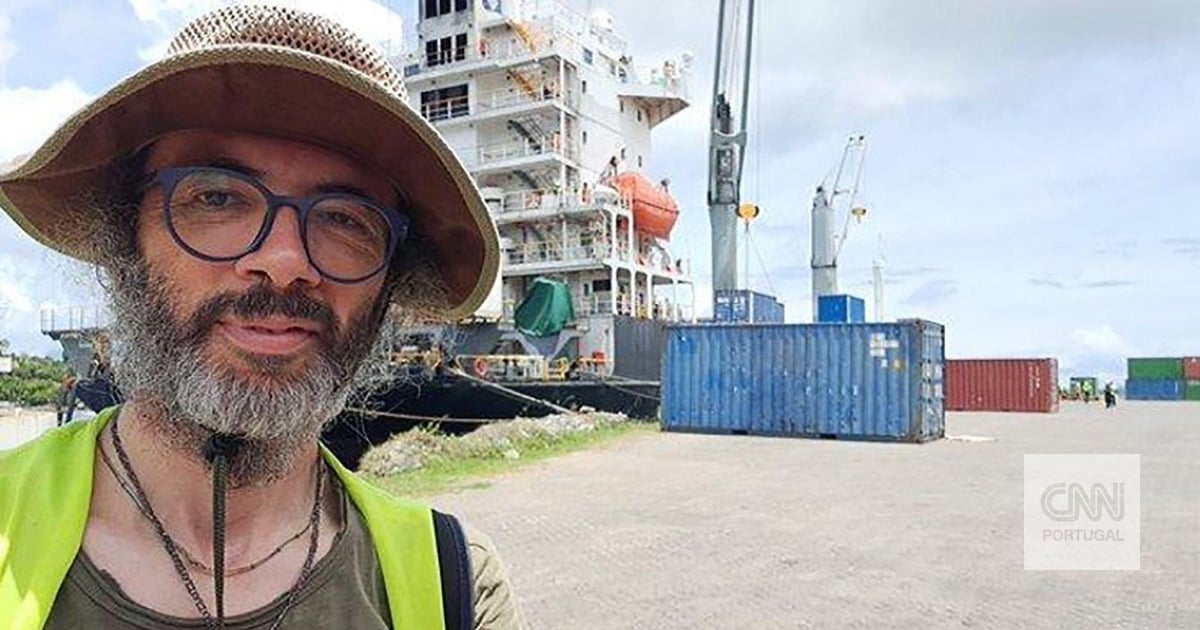EFE, Singapore – booming Singapore It’s the most expensive city (and state, for that matter) in the world to own a car. This cost continues to increase: the ownership certificate for citizens to be able to purchase an average car has recently increased to more than 100 thousand US dollars.
On the island, the ambitions of the five Ps – apartment, car, credit card, club and “cash” – a half-joking, half-serious goal for residents, have become increasingly difficult to achieve because of one of its components, the car.
High cost of cars – included in Guinness Book of World Records Like no other in the world – largely due to the Certificate of Ownership (COE), a license obtained at fortnightly auctions, valid for ten years and independent of the value of the car.
According to motorist.sg, the CoE for an A-car or mid-sized car, e.g Toyota Altice, reaching over $100,000 USD, showing an upward trend in the various rankings in recent months, reaching record levels.
To this expenditure must be added the cost of the car itself, as well as taxes – imported cars have an ad valorem customs duty of 41%, for example – and insurance, etc., so owning a medium-sized car in Singapore can cost up to four times more in total than it does in Singapore. The United States or the United Kingdom, according to a Deutsche Bank report.
For Singapore, which introduced the CoE in 1990, the system helps control the number of vehicles on the road in the small city-state with a population of about 5.4 million, which can be crossed from end to end in a half-hour drive and has one of the highest GDPs. Total per capita in the world.
The cost of the permit is determined based on demand and the vehicle quota set by the island’s Land Transport Authority (LTA), which in 2017 froze the number of cars allowed on the road.
According to August data, Singapore has 851,500 registered vehicles, which equates to about 150 cars per 1,000 people, a figure far lower than some of the world’s largest ‘parking lots’, such as the USA, where there are more than 900 per 1,000 citizens – Approximately one per person.
The initiative, which aims to promote sustainability, avoid traffic jams – which is unusual in Singapore – and encourage the use of accessible public transport, in which the government is investing heavily, means that new cars – and the premium-owned equipment version – cannot be driven. Except when the old cars go out of circulation.
Except during pandemic periods, when there were almost no cars on the streets, this measure contributed to the high cost of ownership, which Transport Minister S. Iswaran – who is now under investigation for corruption – said in May that this would be the tone for the future of the state.

“Writer. Analyst. Avid travel maven. Devoted twitter guru. Unapologetic pop culture expert. General zombie enthusiast.”
:quality(80):focal(1662x1336:1672x1346)/cloudfront-us-east-1.images.arcpublishing.com/estadao/WRYDGEF4ZRCLJGBN7BHFL6GJ3Q.jpg)
